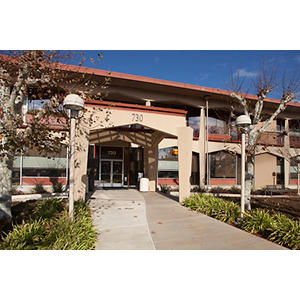Iram Ahmad, MD
Assistant Professor
Pediatric Otolaryngology
“I care for every child as I would for my own.”
My Approach
As a pediatric otolaryngologist, I specialize in diseases of the head and neck in children, which includes ear infections, sleep apnea, hearing loss, airway problems, and voice or swallowing problems. Many important functions, such as breathing, speaking, and hearing, happen in the head and neck.
I became a mother during my residency, and suddenly I could relate to parents on a different level than before. When faced with difficult decisions, I ask myself, “Would I do this for my own child?” I care for each child as I would for my own, and my patients' safety is a top priority in the decisions I make.
I value educating family members about their child's condition and empowering them in the decision-making process. It's important to me that families feel they are involved in their child's care.
Locations

730 Welch Road, 1st Fl
Palo Alto, CA 94304
Phone : (650) 724-4800
Fax : (605) 497-7821


Work and Education
University of Michigan Medical School, Ann Arbor, MI, 05/08/2009
University of Iowa Dept of Otolaryngology, Iowa City, IA, 06/30/2016
University of Iowa Dept of Otolaryngology, Iowa City, IA, 06/30/2017
Otolaryngology, American Board of Otolaryngology, 2017
Pediatric Otolaryngology, American Board of Otolaryngology, 2021
Languages
English
Hindi
Spanish
Urdu

Connect with us:
Download our App: